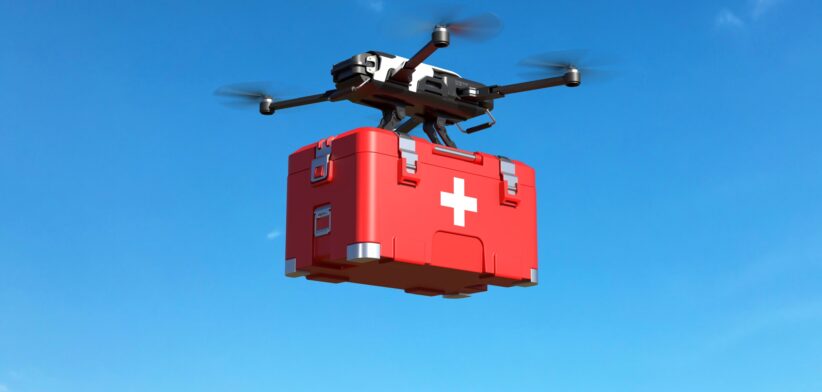A hydrogen-fuelled, emissions-free medical drone is being developed to enhance health services in rural and remote Australia.
The drone will be developed through the Wildu Aero Project, a partnership between the University of Sydney and ASAC Consultancy, with hopes the drone will increase accessibility to essential health services such as pathology, treatments, and telehealth services.
It is being designed to enable early detection, prevention, and treatment of health conditions common in rural and remote regions of Australia, such as sepsis, and to actively contribute to addressing the health inequities for some of Australia’s most vulnerable and isolated communities.
University of Sydney Associate Professor Dries Verstraete leads a team which will design, build and test-fly prototypes.
“In addition to being sustainable, hydrogen-fuelled, and emissions-free, the drones will be required to fly significant distances,” Associate Professor Verstraete said.
The Wildu Aero Project aims to complement local primary health networks, telehealth services, pathology services and pharmaceutical delivery.
Associate Professor Verstraete said it would enable the use of other innovative technologies and support the function of emergency and disaster management operations, such as during infection outbreaks or when communities were cut off by floods.
In order to travel greater distances, a triple hybrid fuel-cell-based system will be developed to extend the life of the fuel cell.
“Huge areas of Australia do not have easy access to medical care. Current technology doesn’t allow drones to cover the required distances while being sustainable, hydrogen-fuelled and emissions-free,” Associate Professor Verstraete said.
“Our mission is to create a hydrogen-fuelled carbon-neutral VTOL UAV that can carry medical cargo, while providing unparalleled range.”








